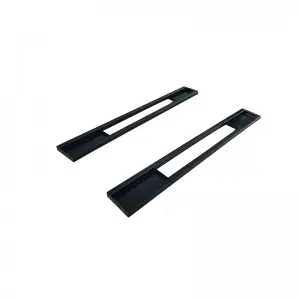When we think of cylinders, the first image that may come to mind is a simple shape with two parallel circular bases and a curved surface connecting them. However, cylinders are more than just basic geometric figures. They have a wide range of uses and properties that make them indispensable in various fields such as engineering, architecture, and even in our everyday lives.
One of the most common uses of cylinders is in the field of engineering. Cylindrical shapes are widely used in the design of engines, pumps, and hydraulic systems, among others. The reason for this is the efficiency of cylinders in containing fluids and gases. The shape of a cylinder allows for minimal material usage while providing a large internal volume. This makes them ideal for applications where space is limited, such as in car engines or industrial machinery.
In architecture, cylinders are also frequently used to create unique and striking buildings. One of the most famous examples of this is the Gherkin building in London, which features a cylindrical shape that stands out among the city’s skyline. Cylinders are often used in architecture for their strength and stability, as well as their ability to create visually appealing structures.

Exploring the Amazing Uses and Properties of Cylinders
Another interesting property of cylinders is their surface area and volume ratio. Unlike other shapes such as cubes or spheres, cylinders have a relatively small surface area compared to their volume. This property makes cylinders ideal for storing liquids or gases, as they minimize evaporation and leakage due to their compact shape.
Cylinders are not just limited to industrial or architectural uses, however. They also have practical applications in our everyday lives. From the humble rolling pin in the kitchen to the hydraulic cylinders in heavy machinery, cylinders play a crucial role in making our lives easier and more efficient.

Exploring the Amazing Uses and Properties of Cylinders
Furthermore, cylinders are also used in a variety of scientific experiments and studies. In physics, for example, cylinders are often used to demonstrate concepts such as volume, surface area, and pressure. The simple yet versatile shape of a cylinder makes it an ideal tool for teaching and learning about these fundamental principles.

Exploring the Amazing Uses and Properties of Cylinders
In conclusion, cylinders are much more than just basic geometric shapes. They have a wide range of uses and properties that make them indispensable in various fields. Whether it’s in engineering, architecture, or our everyday lives, cylinders play a crucial role in shaping the world around us. So next time you come across a cylinder, take a moment to appreciate its simplicity and versatility.New Engery Vehicle Battery Lift


